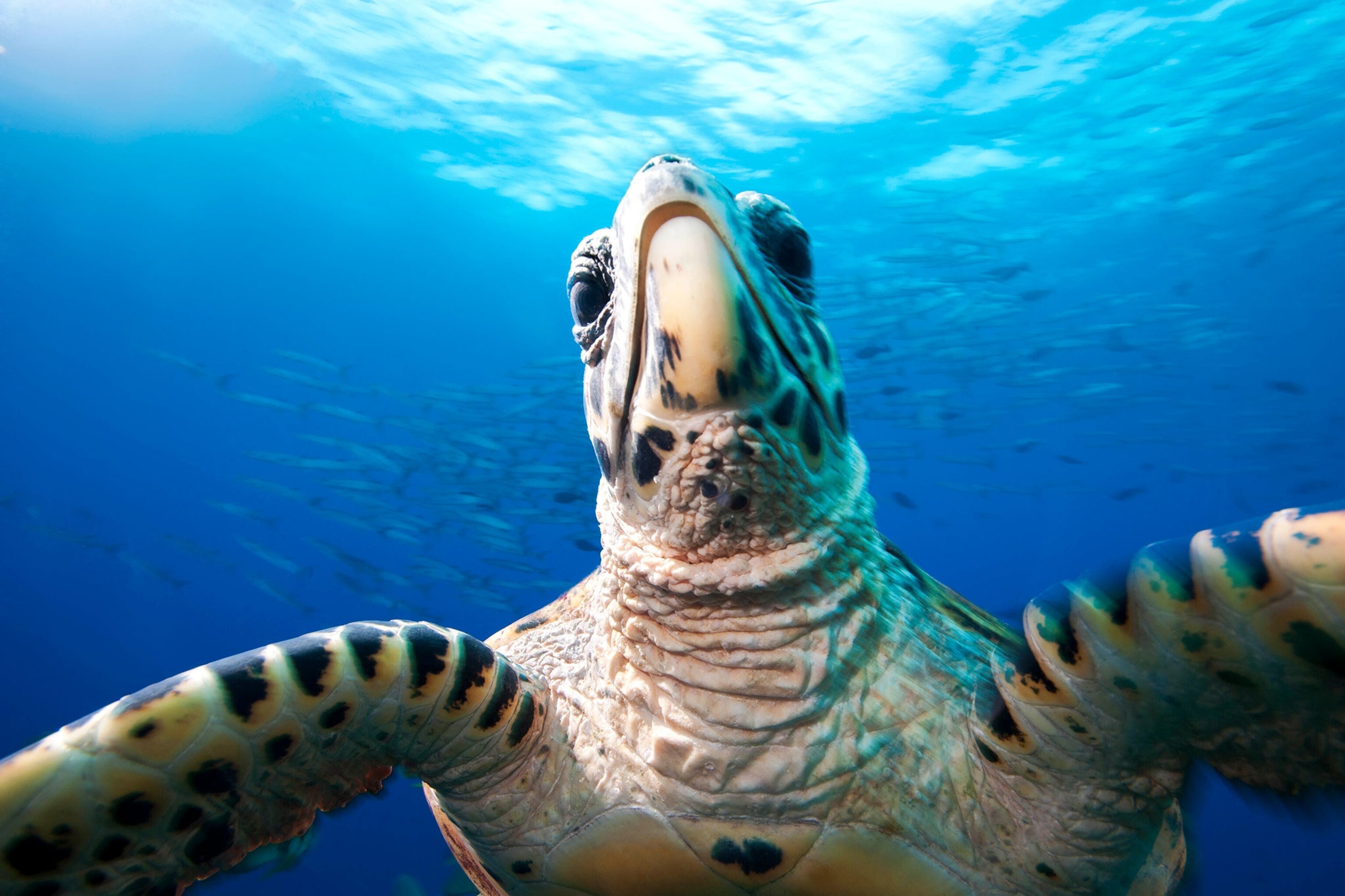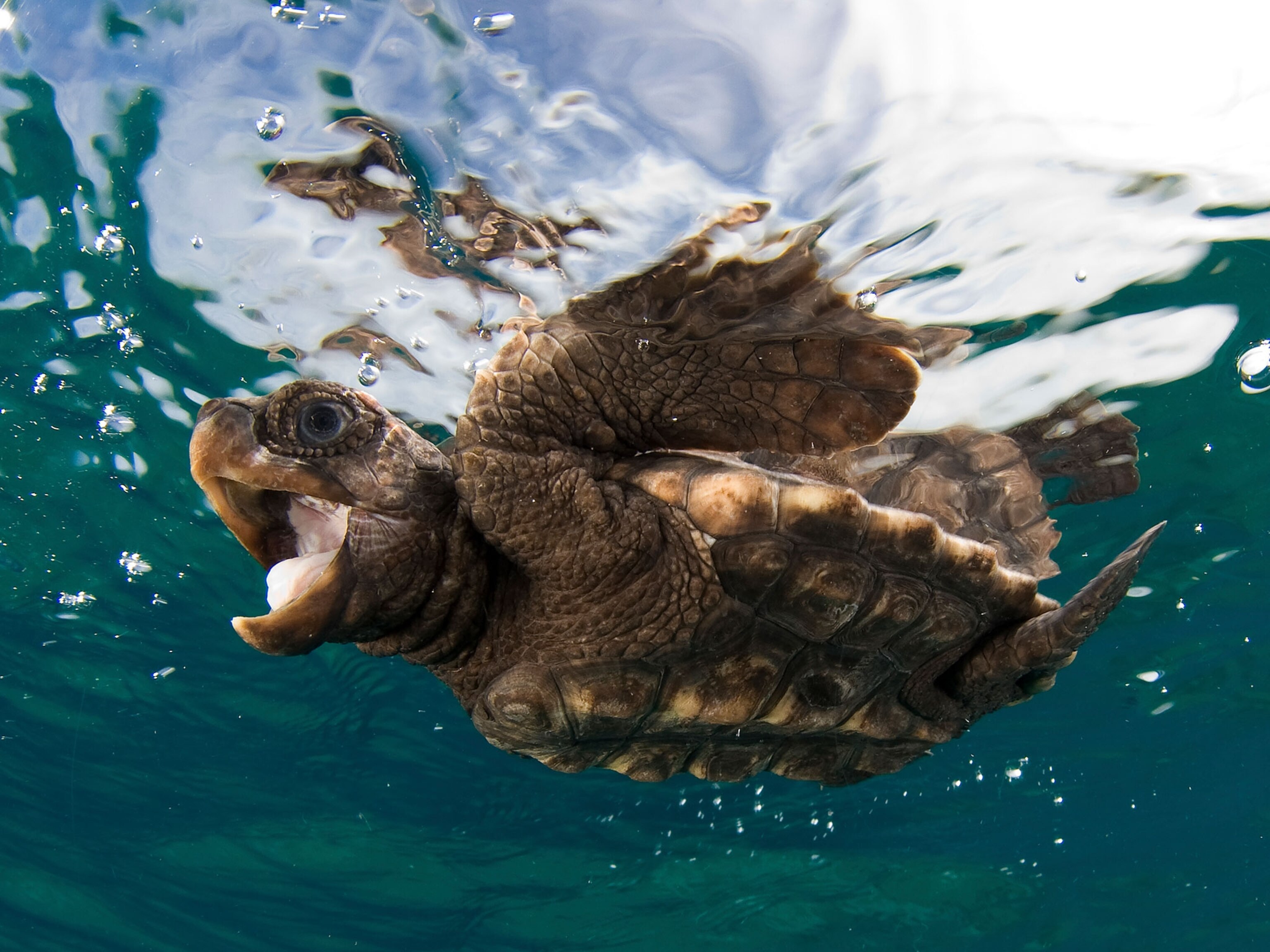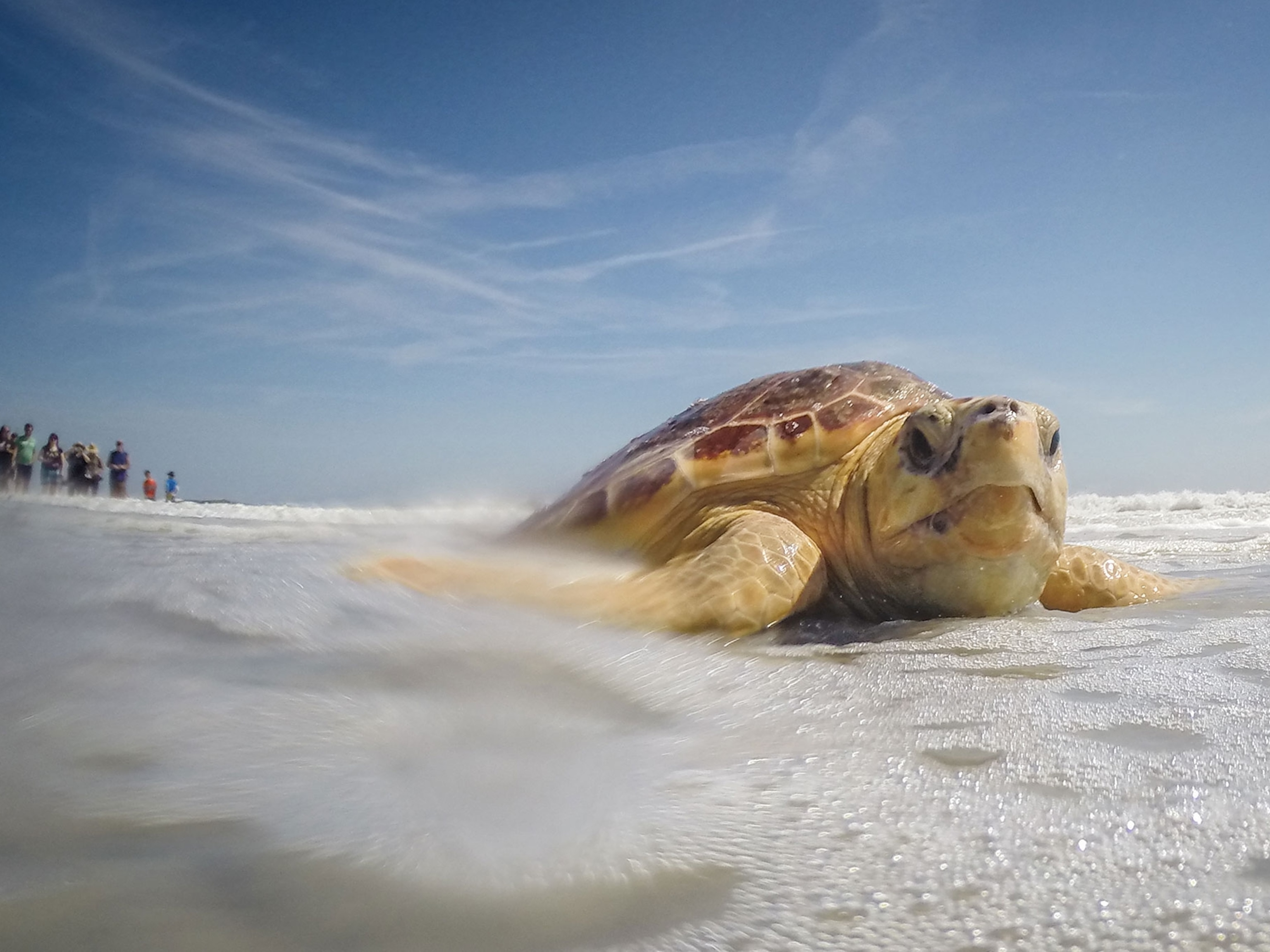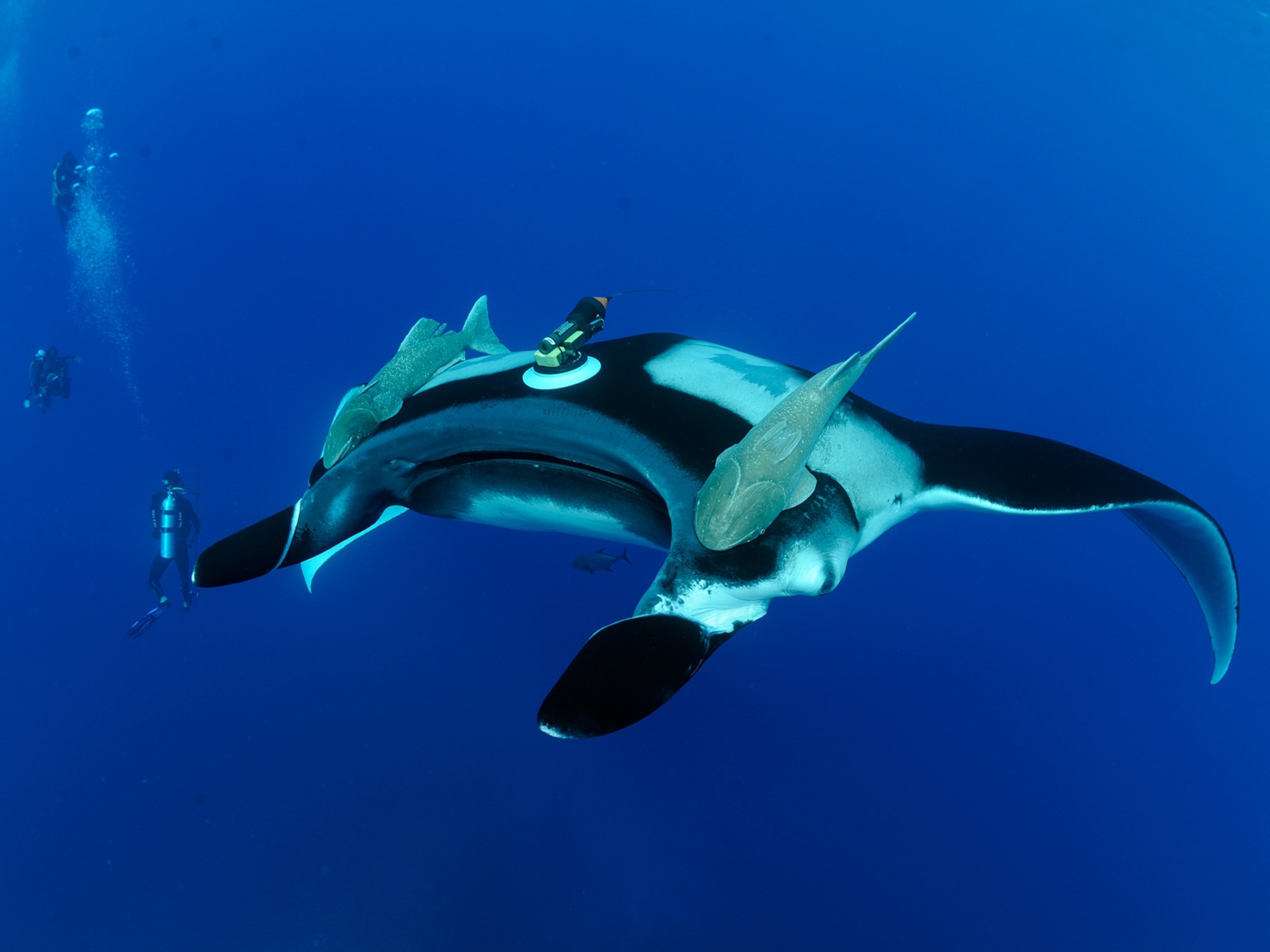












13 graceful pictures of rare sea turtles
On World Sea Turtle Day, see photos of one of the most vulnerable animal populations on Earth, some of which are near extinction.
Sea turtles are one of a small number of species alive today that once roamed with dinosaurs, as far back as 150 million years ago. But despite their long history on this planet, sea turtles are now facing an existential crisis.
Of the seven species that swim in our oceans today, all face potential threats. The hawksbill sea turtle and the Kemp's ridley sea turtle have the most uncertain future—the International Union for Conservation of Nature classifies both as critically endangered.
Sea turtles feel the brunt of human influence on the environment. These animals inhabit both marine and beach ecosystems, and experts warn their extinction could harm seagrass beds and other ecosystems on which people also depend.
The world's most vulnerable sea turtles face threats at all stages of their life. Sea turtle eggs are frequently harvested and consumed as a delicacy. The beaches upon which they depend to lay eggs and hatch their young are also disappearing or being degraded. And sea turtles are being born mostly female because of climate change, leading to a crisis in sex ratios.
As adults, sea turtles face threats from commercial fishing practices. Since the 1970s, incidental take, which refers to the unintentional catch of endangered or threatened species, has been identified as the largest threat to sea turtles associated with commercial fisheries. Shrimp boats in particular regularly drown and suffocate sea turtles with their nets and trawls.
Of the seven sea turtles found around the globe, six travel through U.S. waters and are therefore protected under the Endangered Species Act. Because sea turtles can migrate as many as 10,000 miles across multiple oceans, multilateral agreements have been established internationally to ensure that each turtle is protected across all the regions it inhabits.
Conservationists say that identifying key migration routes and nesting beaches are key to saving these species.
Learn about the National Geographic society's Pristine Seas initiative and what's being done to conserve marine ecosystems around the world.
You May Also Like
Go Further
Animals
- Soy, skim … spider. Are any of these technically milk?Soy, skim … spider. Are any of these technically milk?
- This pristine piece of the Amazon shows nature’s resilienceThis pristine piece of the Amazon shows nature’s resilience
- Octopuses have a lot of secrets. Can you guess 8 of them?
- Animals
- Feature
Octopuses have a lot of secrets. Can you guess 8 of them?
Environment
- This pristine piece of the Amazon shows nature’s resilienceThis pristine piece of the Amazon shows nature’s resilience
- Listen to 30 years of climate change transformed into haunting musicListen to 30 years of climate change transformed into haunting music
- This ancient society tried to stop El Niño—with child sacrificeThis ancient society tried to stop El Niño—with child sacrifice
- U.S. plans to clean its drinking water. What does that mean?U.S. plans to clean its drinking water. What does that mean?
History & Culture
- Gambling is everywhere now. When is that a problem?Gambling is everywhere now. When is that a problem?
- Beauty is pain—at least it was in 17th-century SpainBeauty is pain—at least it was in 17th-century Spain
- The real spies who inspired ‘The Ministry of Ungentlemanly Warfare’The real spies who inspired ‘The Ministry of Ungentlemanly Warfare’
- Heard of Zoroastrianism? The religion still has fervent followersHeard of Zoroastrianism? The religion still has fervent followers
- Strange clues in a Maya temple reveal a fiery political dramaStrange clues in a Maya temple reveal a fiery political drama
Science
- NASA has a plan to clean up space junk—but is going green enough?NASA has a plan to clean up space junk—but is going green enough?
- Soy, skim … spider. Are any of these technically milk?Soy, skim … spider. Are any of these technically milk?
- Can aspirin help protect against colorectal cancers?Can aspirin help protect against colorectal cancers?
- The unexpected health benefits of Ozempic and MounjaroThe unexpected health benefits of Ozempic and Mounjaro
- Do you have an inner monologue? Here’s what it reveals about you.Do you have an inner monologue? Here’s what it reveals about you.
Travel
- Follow in the footsteps of Robin Hood in Sherwood ForestFollow in the footsteps of Robin Hood in Sherwood Forest
- This chef is taking Indian cuisine in a bold new directionThis chef is taking Indian cuisine in a bold new direction
- On the path of Latin America's greatest wildlife migrationOn the path of Latin America's greatest wildlife migration
- Everything you need to know about Everglades National ParkEverything you need to know about Everglades National Park




